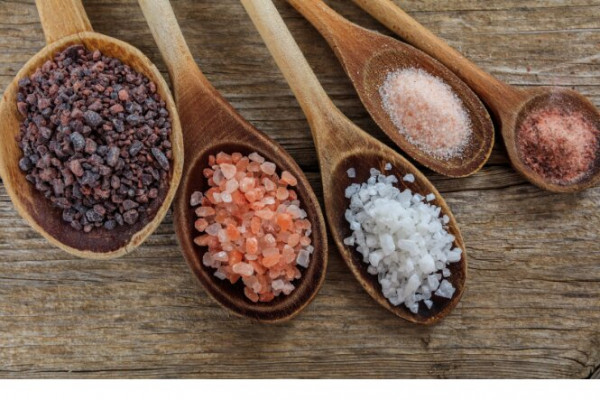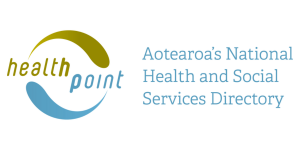There are strong links between salt and heart health. Too much salt in our diet is linked to an increased risk of high blood pressure. High blood pressure is a risk factor for heart disease, stroke and kidney disease. Reducing salt is an important goal and is now thought to be more important in its impact on reducing the risk of heart attacks and strokes than stopping smoking. So it's important to know just how much sodium your body needs.

Image credit: Canva
To reduce the risk of chronic disease it is recommended you eat no more than 5 g of salt a day (2000 mg sodium). That's less than 1 tsp of salt. People with diagnosed health conditions, high blood pressure or heart failure need to be extra careful when it comes to salt intake.






